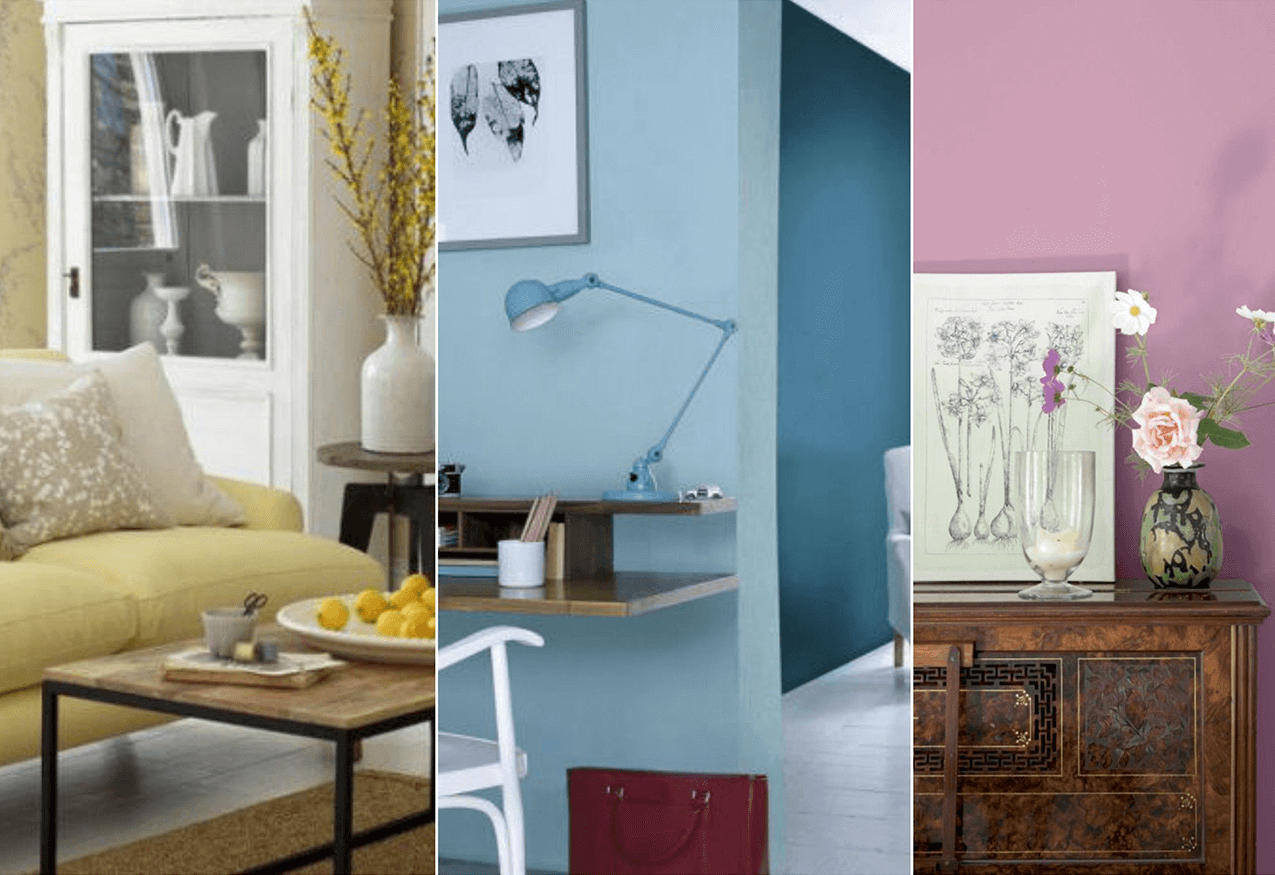Does Wallpaper Affect Your Mood?
Have you ever thought why do you feel calm and at peace after spending some time in natural light? Why do you feel rejuvenated and energised in a room with vibrant colours.
This is called colour psychology. It is a scientifically proven concept. It says that colours can trigger emotions. Normally people over look this basic and most important factor while decorating their homes. They talk about aesthetics and designs but they seldom talk about the science behind colours.
Are you planning to change the look and feel of your home? Then this blog will help you choose the right colour.
What is Colour Psychology?
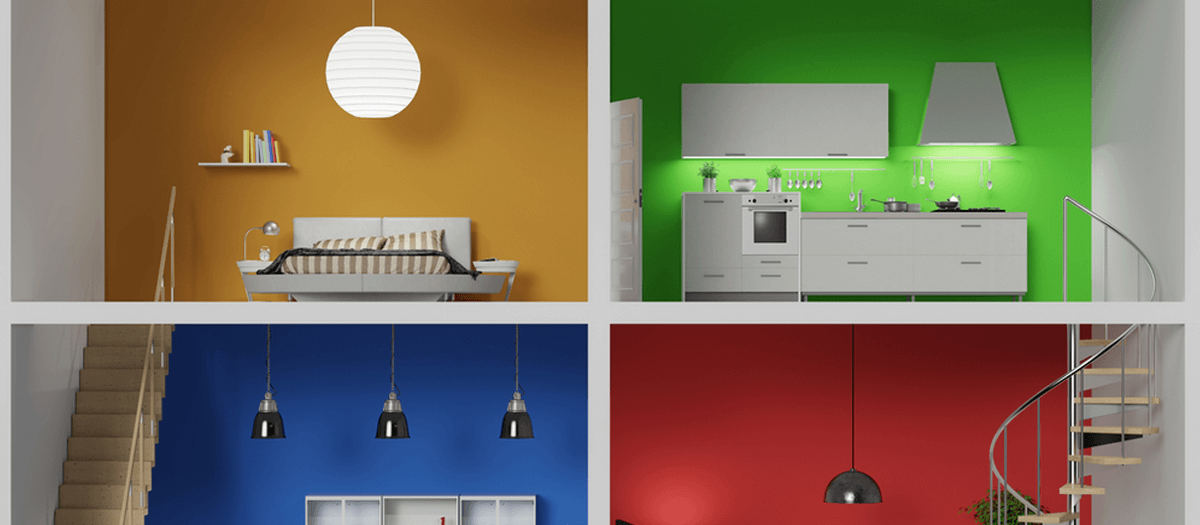
Colour psychology talks about the impact of different colours on human behaviour. It says that different hues have different connotations and psychological effects on human brain. Therefore, people should select colours wisely for their home and office interiors.
How different colours affect your mood?
Red
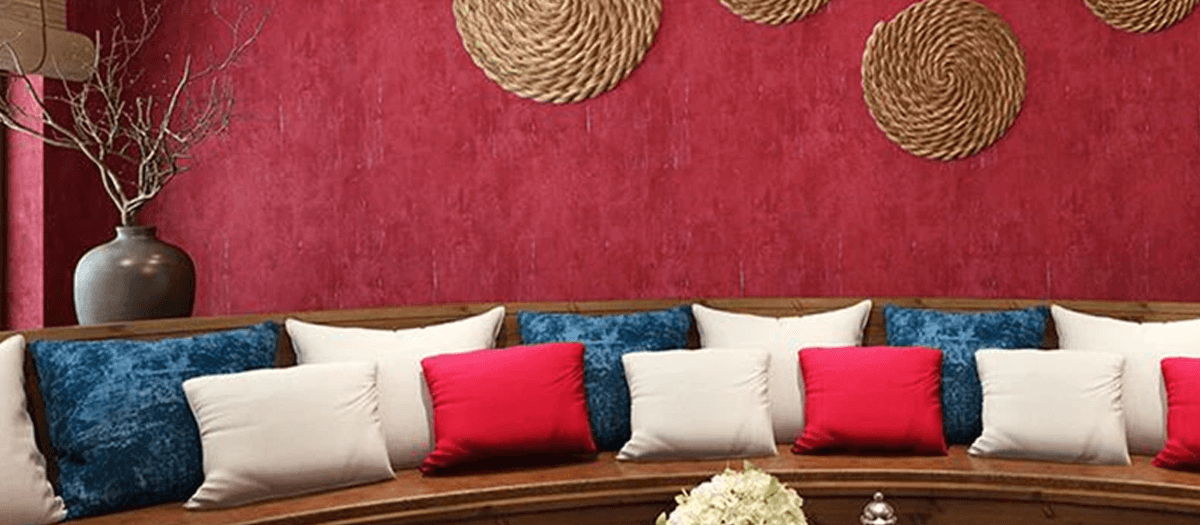
Red is the colour of power, aggression, and passion. It also triggers the appetite (which is why it is one of the most popular colours for cafe and restaurants.) Red is a warm colour. Red is also associated with anger, so incorporating too much red in the home can make people feel anxious or unsettled, so use it sparingly if you’re trying to achieve a calming effect.
Green
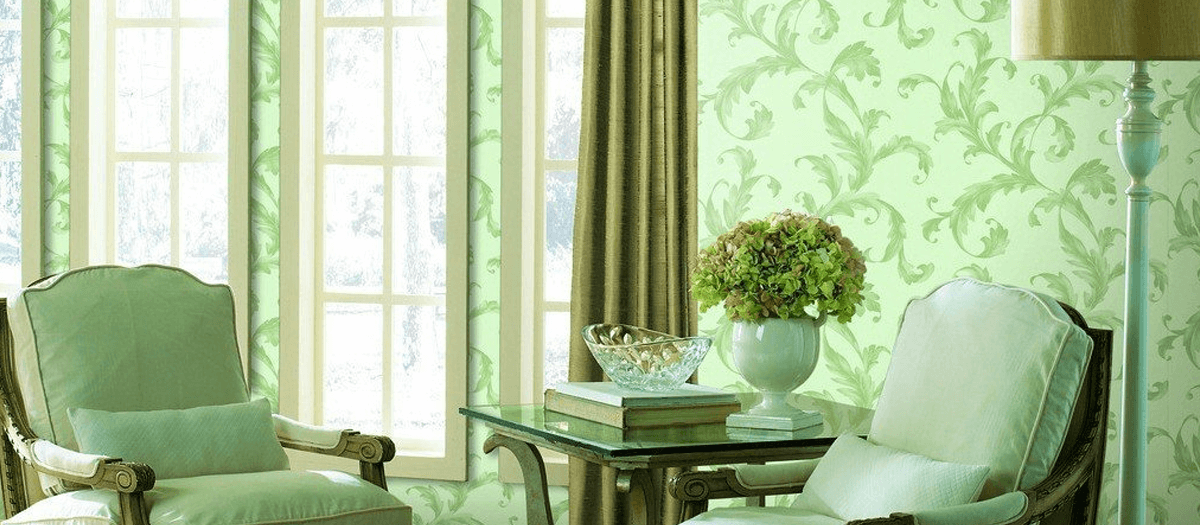
Green is a soothing, calming colour. It is associated with balance, harmony, and nature. It is also the color of growth and renewal. Green is often used in professional settings to help occupants feel calmer. That’s why actors and players waiting to appear on TV or game are kept in a “green room.” In homes, green can create a serene feeling that soothes and calms. Too much of greens can be overwhelming as well. It can make the room look dank or dark. The use of bright greens or apple greens makes a room look cheerful.
Blue
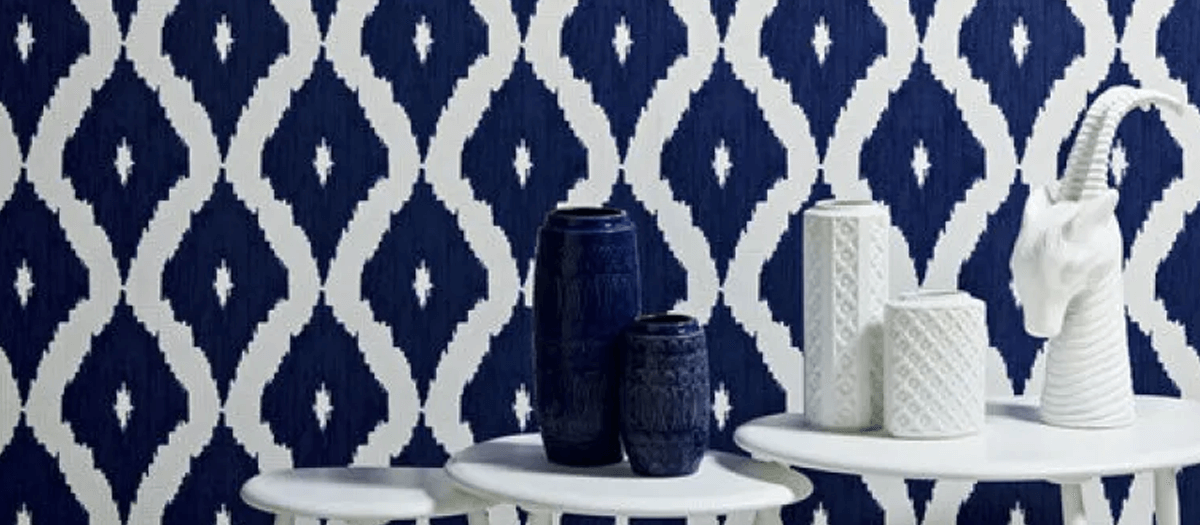
This is a colour is said to bring in freshness, calmness and serenity. It’s popular in health offices and financial institutions. Blue is also associated with sadness (feeling blue) and may not be a good colour to ward off depression. Finally, research shows that blue is one of the least appetizing colours, which may be why it’s used less often in kitchens and restaurants.
Orange
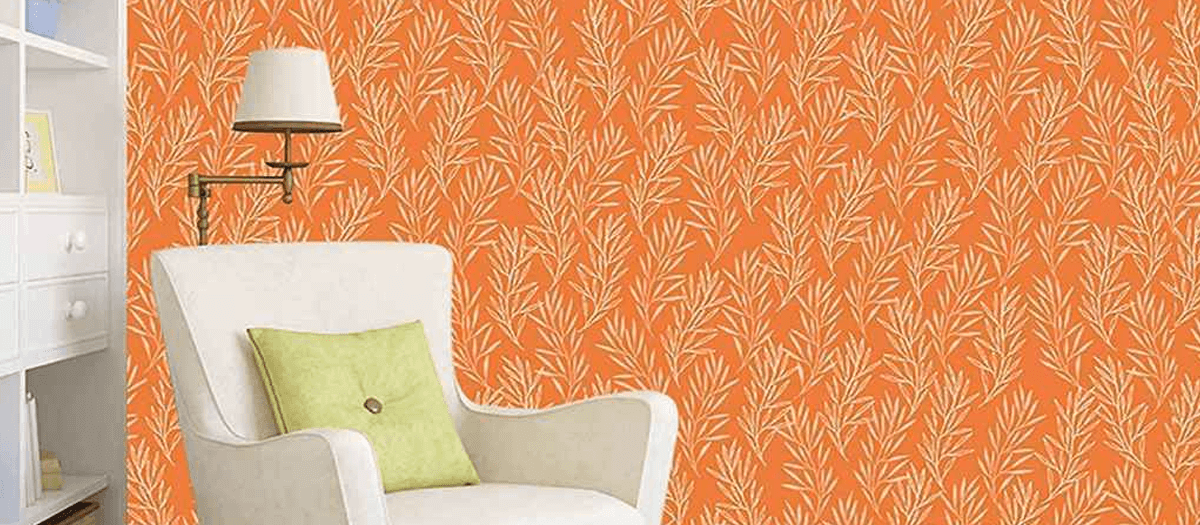
Orange is associated with energy, sports, competition, and innovation. It’s another warm tone that can quickly make a space feel snug and cozy. It is more often seen in office settings and sports facilities. This colour should be avoided if you wish to create a serene space, but when skillfully incorporated into your interior design, orange can be a cheerful mood lifter.
Yellow
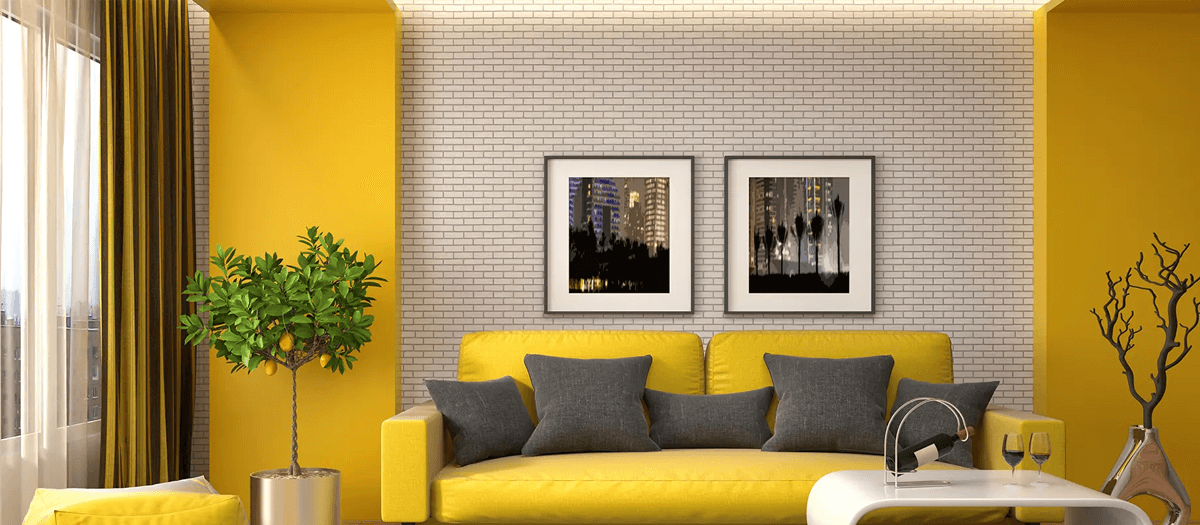
Yellow is most often associated with happiness, so it is thought to generate positivity. Pastel yellows are common in children’s bedrooms, especially in gender-neutral nurseries. Bright yellow may seem like a daring colour to use in interior design. Lately yellow have become a popular colour.
Brown
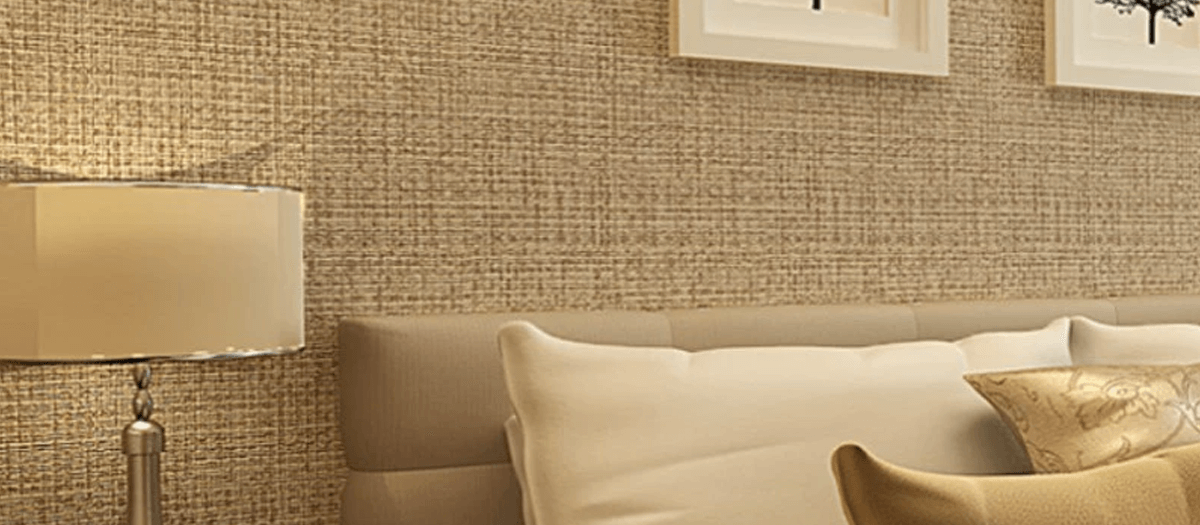
Brown is an earthy colour and it is often associated with nature. Studies show the use of brown in a home evokes feelings of strength and reliability. Using brown in a room can create a sense of dependability, security, and safety. Brown is present in many rooms as a part of wood furniture or wooden cabinets. Too much of browns can make the room look dull and heavy, so one must use this colour with a deep thought. Combining browns with greens, whites, and neutrals is an effective way to create a serene, cheerful space.
So, now you know how colours can put an impact of your moods and personalities. Make sure you pick the shades that will promote happiness, prosperity, and good health in the household.
Ultrawalls bring a wide range of designer wallpapers that will perfectly suit your personality and mental health.
Log in to check out the whole collection today.


